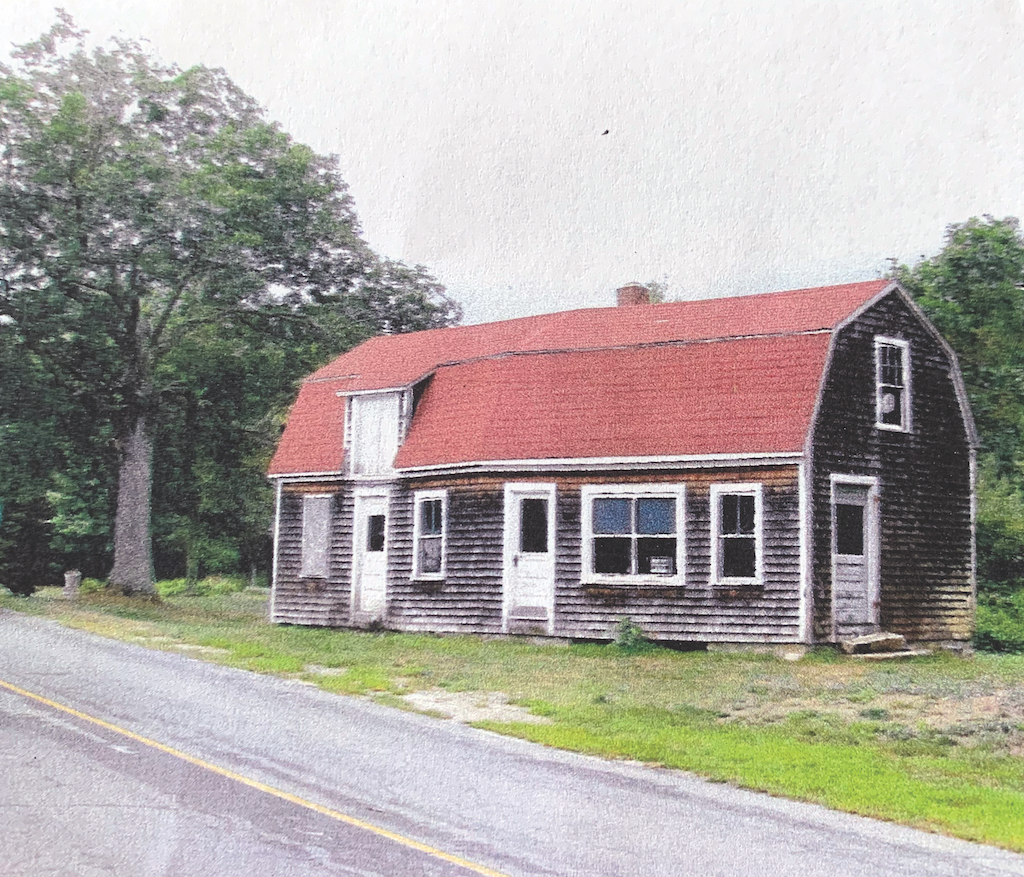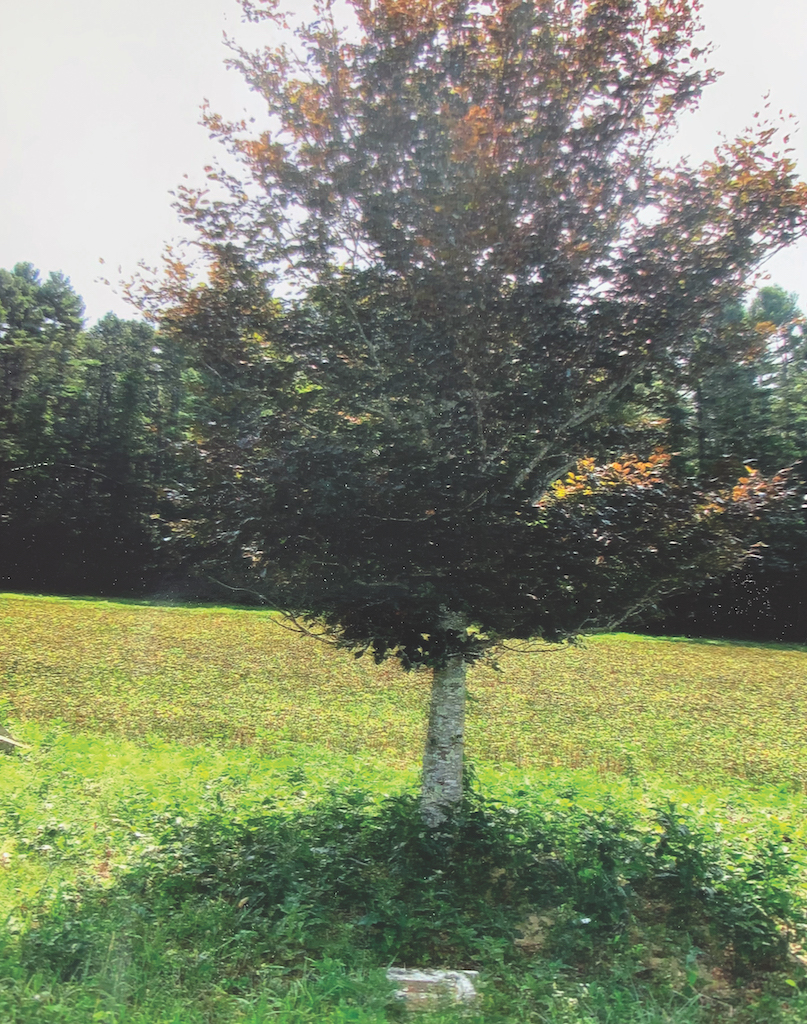I’m always curious about the backstory for street, bridge, or park names. Who was the person? Why was that name chosen? Pretty much everyone in Rochester knows that Rounseville Road carries the name of the family that has lived and farmed along it since the mid-1800s. Alden Rounseville’s homestead was located at #71. There isn’t too much about him in town history, unlike his son, Alden Jr. Alden Rounseville, Jr. was one of several Rochester men who sailed around Cape Horn to join the gold rush. It was a long way to go to earn about $5,000. Back at home, he farmed and built a sawmill. By the time he was 83 years old, he owned close to 2,500 acres of good farmland, several houses, and a sawmill. While his sawmill made him money, it burned down in the 1880s and its replacement burned down spectacularly in the early 1960s. Both times arson was claimed, though never proven. As you drive along one section of the road today, you may see a single pine tree with a plaque in an empty field. This is a memorial to Lincoln Rounseville, one of Alden’s descendants, who was a good steward of the land and an active member of the Rochester community.
Hartley Road is also named after a family that had a farm and a mill along it. James Hartley was an émigré from England to the United States, first to Fall River and then to Rochester. A weaver by trade, he became a farmer in Rochester. He married Annie Louisa Snell in 1885. In 1888, he bought the Winslow Mill and renamed it Hartley Sawmill. While he and Annie raised a family of 13, the mill also prospered and at one time was Rochester’s biggest employer. The mill operated from 1888 until 1964 and was operated by James’ sons after his death. The name of the road bordering the Hartley home and mill was changed from Rochester Avenue to Hartley Road. The mill office building is still there today. Over the years Rochester has benefitted from the civic engagement of James and Annie’s sons, daughters, and their offspring.
By Connie Eshbach

